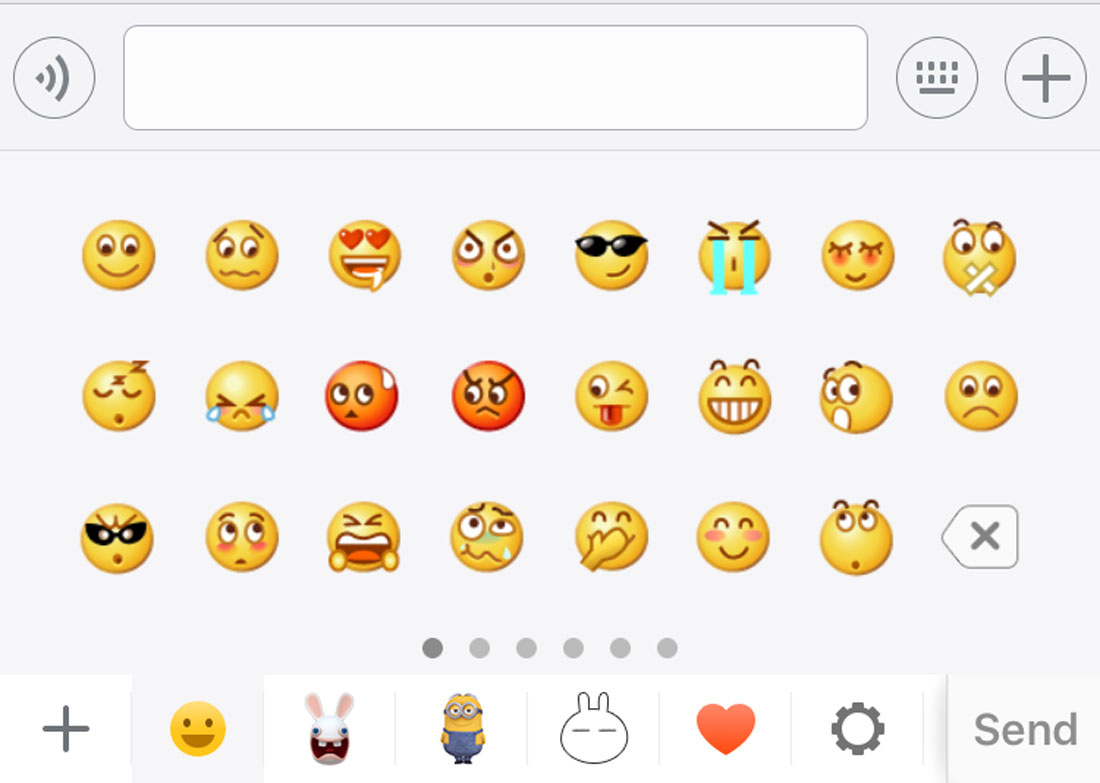By Colin Mo
When it comes to the concept of “emoji” – ideograms and smileys used in electronic messaging and internet web pages – courts and law enforcement tend to take it very seriously.
Recently, a 12-year-old girl was arrested for using emojis on a public Instagram post, prompting her school to call in law enforcement. In her public Instagram post, she included the emojis for a gun, a bomb, and a knife, and the word “killing. “Cases are beginning to emerge in which police charge people — often kids — for using emoji in ways that they deem threatening,” according to a Time article.
For many millennials, cases like this are becoming a free speech issue, in which the lines are blurred and not clear-cut. Those in college have reason to be concerned what their college administrations take into consideration when viewing their public social media posts.
“I’d be curious to know how much evidence or what type of evidence they would need to actually investigate something because there are problems with both sides of the coin,” said Eric Millington, an undergraduate at Northwestern University.
Similar questions have been raised by other students, such as:
– If someone hacked my account and posted a terrible message, what happens?
– What if it’s a problem of generation gap, and that millennials do not consider the message threatening?
“This particular issue regarding emojis has not come up,” said Alan Cubbage, Vice President for University Relations at Northwestern University. “[But] Northwestern has procedures in place for dealing with messages that may appear to be threatening. If such a potential threat is discovered, members of the administration, including university police, student affairs (if it involves a student), human resources (if it involves a staff member), and others evaluate the threat and determine the appropriate response.”
“In general, the police would determine if a crime was committed, probably in consultation with school district officials, parents and, ultimately, the State’s Attorney’s Office,” said Perry Polinski, the communications coordinator for the Evanston Police Department. “It would depend on the context of the message that such symbols are contained in.”
Polinski compared the issue to “cyber banging.” Cyber banging is when gang members taunt or disrespect rival gang members with postings and/or videos via social media. Though the potential to escalate into violence is more likely with cyber banging, the use of symbols/emoji might lead to gang “tagging” (graffiti) to mark territory,” he noted.
In the end, the Evanston Police would like to remind the public: Like so many things in this day and age in which technology and social media are concerned, it is extremely convenient and effortless to thoughtlessly tap a couple of keys and hit the send button “on the fly” without considering the consequences.

